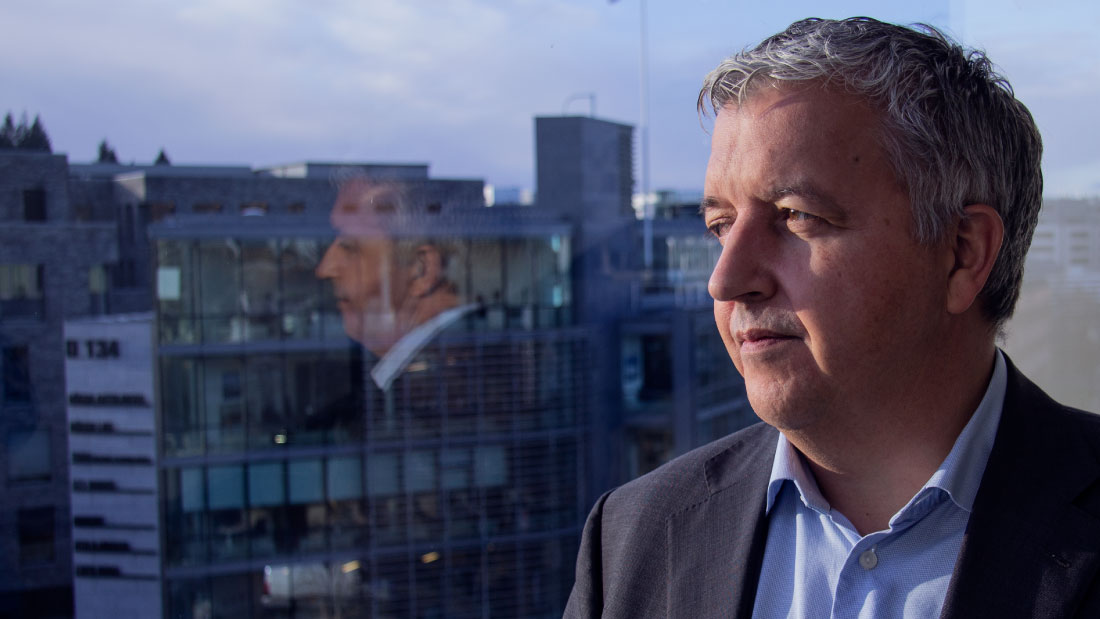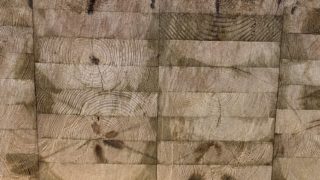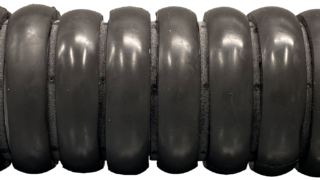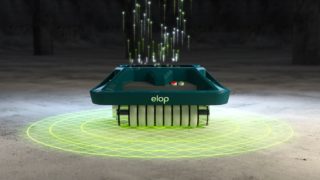Everybody interested in the environment knows, that the concrete industry is one of the bad guys, maybe only surpassed by oil, gas and coal. Some have even called it “the most destructive material on Earth”.
To drive that point home, here are some numbers for you:
Counting from 1960 up to now, we’ve produced 8 bn tons of plastic globally. The cement industry churns out that same amount in less than two years.
The cement industry emits 2.8 bn tons of CO2. If it were a country, it would be in the Top 3, only surpassed by the US and China.
The industry is said to be responsible for between 4 and 8 per cent of the world’s CO2 emissions.
According to the International Energy Agency, concrete production is set to increase to over 5 bn tons a year over the next 30 years, due to economic development, urbanization and a growing population.
Wicked problem
To tackle this wicked problem, researchers and innovators are feverishly looking for “greener” ways to produce concrete.
However, Terje Melandsø chose to look at it from a different perspective. Melandsø, an engineer with a background in radar technology, and a group of researchers within ultrasound and digital signal processing asked: What can we do to make bridges, tunnels, dams and other large concrete infrastructures last longer? Obviously, prolonging their lifetime would postpone the need for them to be pulled down and replaced, thus reducing future demand for concrete.
Finding ways to prolong the lifetime of large concrete assets becomes even more crucial when you look at the current condition of them. In Europe and North America, a vast number of these assets are growing old and tired. They are reaching their recommended lifetime. For instance, in Germany, hundreds of bridges have been closed by the authorities, waiting to be replaced.
Some of these bridges might be safe and healthy, but the asset owners are unable to precisely assess their condition. For that you need to look below the concrete surface to examine cracks, holes, voids and other factors weakening the structure.
Groundbreaking ultrasound solution
Melandsø and his team decided to develop a groundbreaking new type of ultrasound equipment with the ability to produce highly detailed sub-surface 3D-images, going to a depth of up to 2 m. Supported by an EU Horizon 2020 research grant they developed a rolling scanner that provided more precise and detailed imagery than other tools on the market.
On top of that, it was more than 10 times faster and easier to operate as well, thus having the potential to transform ultrasound from a niche tool in the inspection business to the key technology for non-destructive inspection of concrete assets. Terje Melandsø founded ELOP to further develop the prototype scanner created in the research project into a commercial product. In 2019, Øivind Horpestad, joined ELOP as investor and chairman of the board.
- Terje saw this huge problem that needed to be addressed. He wanted to play a part in solving it, and contribute to reducing the environmental impact of concrete, says Horpestad.
- That way of thinking inspired me. I wanted to be a part if this. I saw the potential of the technology, and I saw the urgent need for better and more efficient inspection tools. When you look at it from an ESG perspective, ELOP ticks all the right boxes. We can do our bit to create a greener future by contributing to prolonging the lifetime of large concrete assets. We can save resources by increasing maintenance efficiency and providing more relevant data for decision making. Furthermore, we are making inspection safer, and we are helping society use its resources more efficiently.
Cornerstone
Horpestad sees the ELOP Insight ultrasound scanner as being the cornerstone of the large asset condition monitoring systems of the future. The scanner will be able to detect flaws and areas of concern maybe 10 or 15 years before they reveal themselves on the surface. This means you can fix minor defects before they develop into serious – and costly – problems.
According to Horpestad, even though the scanner will produce valuable data about the sub-surface condition of concrete, it can’t do the monitoring job on its own. It will always be part of a complex mix of information from other sources, like input from vibration and moisture sensors, visual inspection by drones, laser scans etc., completed by external data about traffic flow, weather, and much more.
Focused on creating value
- We are extremely focused on creating value for the asset owners, as well as for the maintenance companies, and the concrete inspectors operating our device. That is the only way for us to make the impact we’ve set out to make.
As Horpestad points out, the value lies in the data the scanner produces, as well as in increased inspection efficiency, and it the way the ELOP software visualizes the data and distributes it. As mentioned earlier, it is much faster than other inspection technologies, and moreover, it is unique in offering real-time 3D-images of the area you’re inspecting. The inspector operating the scanner can see the imagery directly. At the same time, the imagery is uploaded to a cloud platform. This means experts can follow it on their office computer and give immediate feedback to the inspector, if something needs closer examination.
No proprietary solution
- It is important to us to make the scanner data available as widely and easily as possible. We could have chosen to build a proprietary solution forcing our customers to use an asset management system developed by us to get access to the 3D-images. But instead, we’ve decided on an open data format, enabling asset owners and inspection companies to integrate our data into their own asset management setup. In our opinion, the data is too valuable for us to insist on a proprietary solution.
- That said, we are on a journey to develop our own system, consisting of a data fusion platform that will enable asset owners to integrate a multitude of sensors and data, and to do analysis across various data sources to create an extremely fine-grained overview of the condition of an asset. I’m convinced we’ll design the best solution on the market, but while we’re working on that long-term goal, the data will be available for everyone who has invested in a scanner and the software we’ve developed to process and interpret the scanner data and to create the 3D-imagery.
Collaboration is key
When asked about the potential of the ELOP Insight scanner and similar sophisticated sensor technologies for the monitoring of large concrete structures, Øivind Horpestad emphasizes the importance of collaboration.
Business as usual won’t do – all parties involved need to adapt an innovative mindset. Horpestad is aware of the fact, that inspection companies tend to be conservative, focusing on following current rules and regulations, procedures and standards. But at the same time, they need to embrace new technology and to work together with tech companies, asset owners and other parts of the ecosystem to develop new systems, that go beyond current formal requirements and can harness the power of new inspection tools and digitalized workflows.
As an example of innovative collaboration between different actors in the sector, Horpestad points to a new research and development project in which ELOP and Statens Vegvesen, Norway’s largest infrastructure owner work together to develop an AI-powered Asset Management System.
It’s all about the data
According to Øivind Horpestad, the key to extending the lifecycle of a large concrete asset is executing preventive maintenance plans based on in-depth monitoring and analysis of all relevant sensor and scanner data.
It’s all about the data, and until now the Achilles heel in this has been the effort needed to produce that data. This has changed with the arrival of the ELOP Insight scanner. It provides highly relevant data, and its optimized, fully digital workflow revolutionizes productivity.
- Terje recently turned 80, but we still meet regularely, Horpestad says.
- I know he’s pleased with how things are going with ELOP. We’re expanding globally and heading full speed towards realizing what he set out to do. Obviously, reducing the environmental impact of concrete requires a huge effort on a global scale. But we’re doing our bit, and I believe we’re making a difference.




